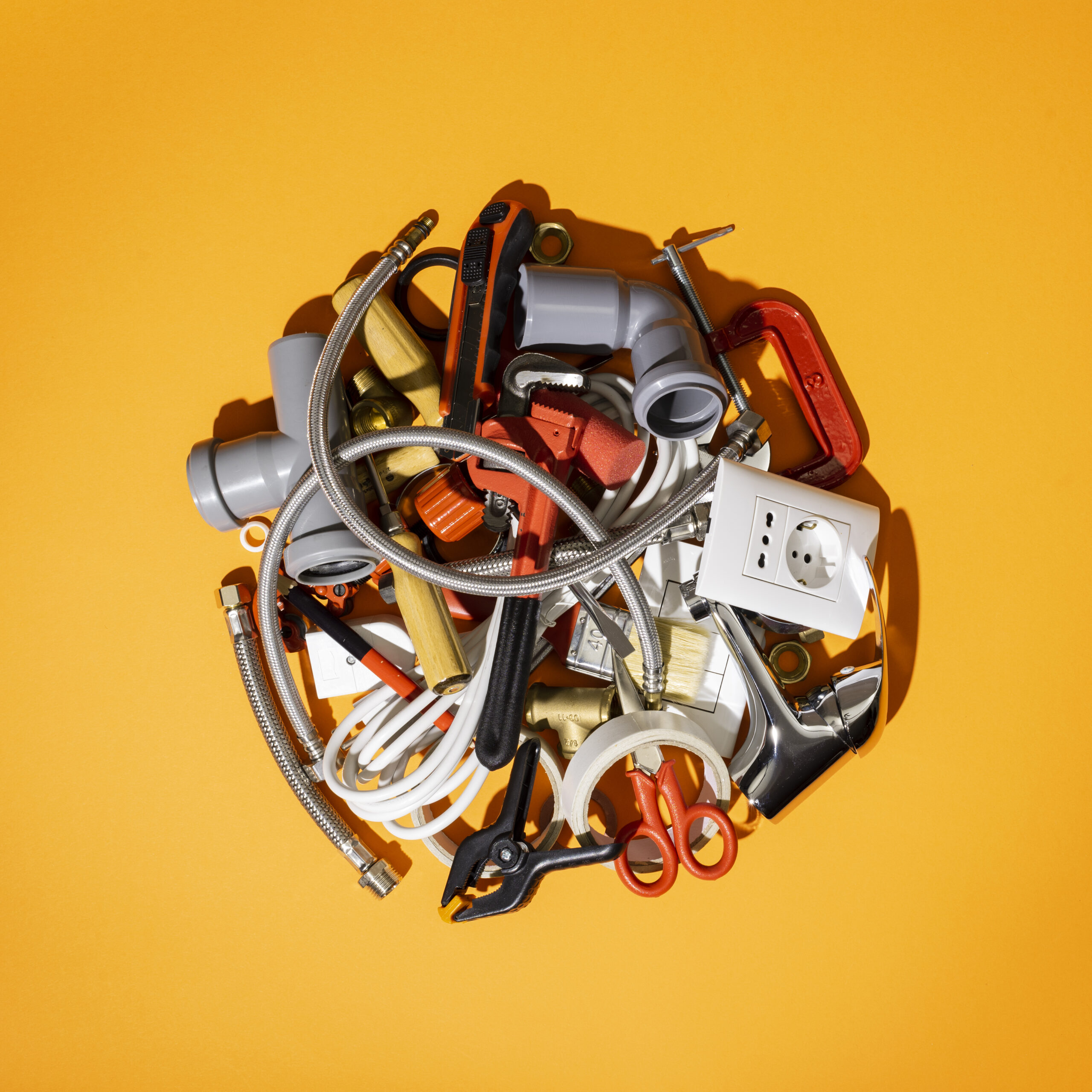Why “Less is More” Still Matters in an Age of Digital Noise
Published: January 2023
Open your phone or laptop, and you’re immediately hit with a tidal wave of information. Endless scrolling feeds, auto-playing videos, pop-up notifications, and a dozen competing calls-to-action on every webpage. We live in an era of unprecedented digital noise, and the fight for a user’s attention has never been more fierce.
Many brands react to this by shouting louder—adding more colors, more banners, more features. They believe that to be seen, they must be loud. But this approach often backfires, contributing to the very overload that makes users tune out.
In this chaotic environment, one of the most powerful design principles isn’t about adding more; it’s about taking away. “Less is more” is no longer just an aesthetic preference; it’s a strategic necessity.
Minimalism Isn’t Boring, It’s Intentional
There’s a common misconception that minimalism is empty, cold, or simply lazy design. Nothing could be further from the truth. True minimalism is the disciplined pursuit of clarity. It’s the art of communicating a message in the most direct and effective way possible by removing every element that isn’t essential.
Think of it this way: every element on a page—every image, button, and line of text—has a “weight.” The more elements you add, the less weight each individual one carries. When you embrace a minimalist approach, you are intentionally giving more power and focus to what truly matters: your core message.
The Power of White Space in Web Design
One of the most crucial tools in a minimalist’s toolkit is white space (or negative space). It’s the “empty” area around and between elements on a page. But it’s not empty at all; it’s an active and powerful component of design.
Properly used, white space:
- Improves Readability and Comprehension: It gives text room to breathe, making it easier for the eye to scan and the brain to process.
- Creates Focus and Hierarchy: By surrounding an element with space, you immediately signal its importance and guide the user’s eye toward it.
- Conveys Sophistication and Calm: A clean, uncluttered layout feels premium, organized, and less stressful to navigate. It builds trust by showing confidence in your content.
Clarity is a Sign of Respect for the User’s Time
In a world where attention is the most valuable currency, a confusing or cluttered design is more than just bad aesthetics—it’s disrespectful. When you force a user to hunt for information, decipher a complex navigation menu, or close three different pop-ups, you are telling them that your agenda is more important than their time.
A clear, simple, and intuitive design does the opposite. It communicates respect. It says, “We value your time, and we’ve made this experience as effortless as possible for you.” This user-centric approach is what separates good design from great design, and it’s what turns fleeting visitors into a loyal audience.
So, the next time you feel the urge to add just one more thing, pause and ask yourself: does this serve the user and clarify my message? Or is it just adding to the noise? In today’s digital landscape, the clearest voice is often the one that wins.





